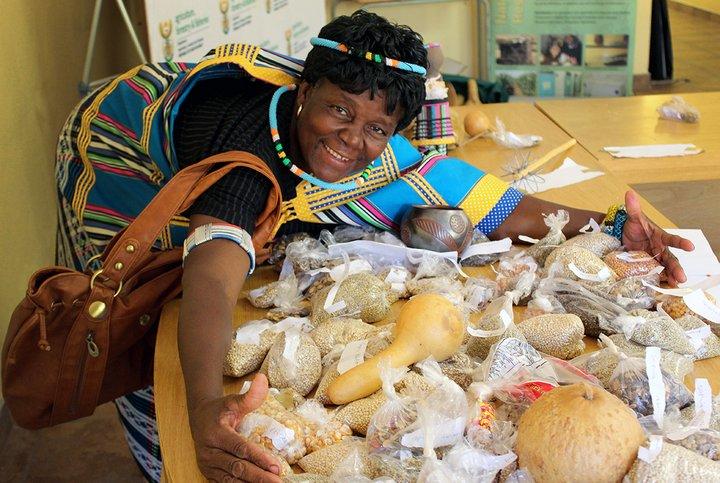Community seedbank secrets revealed in a new book

A new book by Earthscan/Routledge in association with Bioversity International, reviews the history, evolution, experiences, challenges, successes and failures of community seedbanks and their contribution to food sovereignty and security.
Found all around the world, from Guatemala to Uganda and Nepal, community seedbanks play an important role in maintaining seeds and making them available to local communities.
The story of their establishment, their evolution and sustainability in almost 30 years of existence is varied and fascinating. Some seedbanks were established to face the loss of local seed supplies after a famine, drought or flood. Others were established because farmers did not have any reliable source of good quality seed. Some others were initiated to maintain and use healthy and pure seed lines resulting from participatory crop improvement efforts.
Despite their 30 years of history, there is almost no trace in the scientific literature of community seedbanks evolution, experiences, successes, challenges and prospects.
A new book published by Earthscan/Routledge in association with Bioversity International, Community Seed Banks - Origins, Evolution and Prospects, provides for the first time a global review of their development, including a wide range of case studies.
In a blog published on the Routledge website, Bioversity International scientist Ronnie Vernooy – editor of the book with Bhuwon Sthapit and Pitambar Shrestha – talks about the challenges that farmers are facing and how community seedbanks can enhance the resilience of farming communities and help them adapt to climate change.
Read the blog on the Routledge website
Photo: Seed fair with smallholder farmers in Mutale, Limpopo Province, South Africa. This community has been earmarked by the government to set up a community seedbank. Credit: Bioversity International/R.Vernooy
